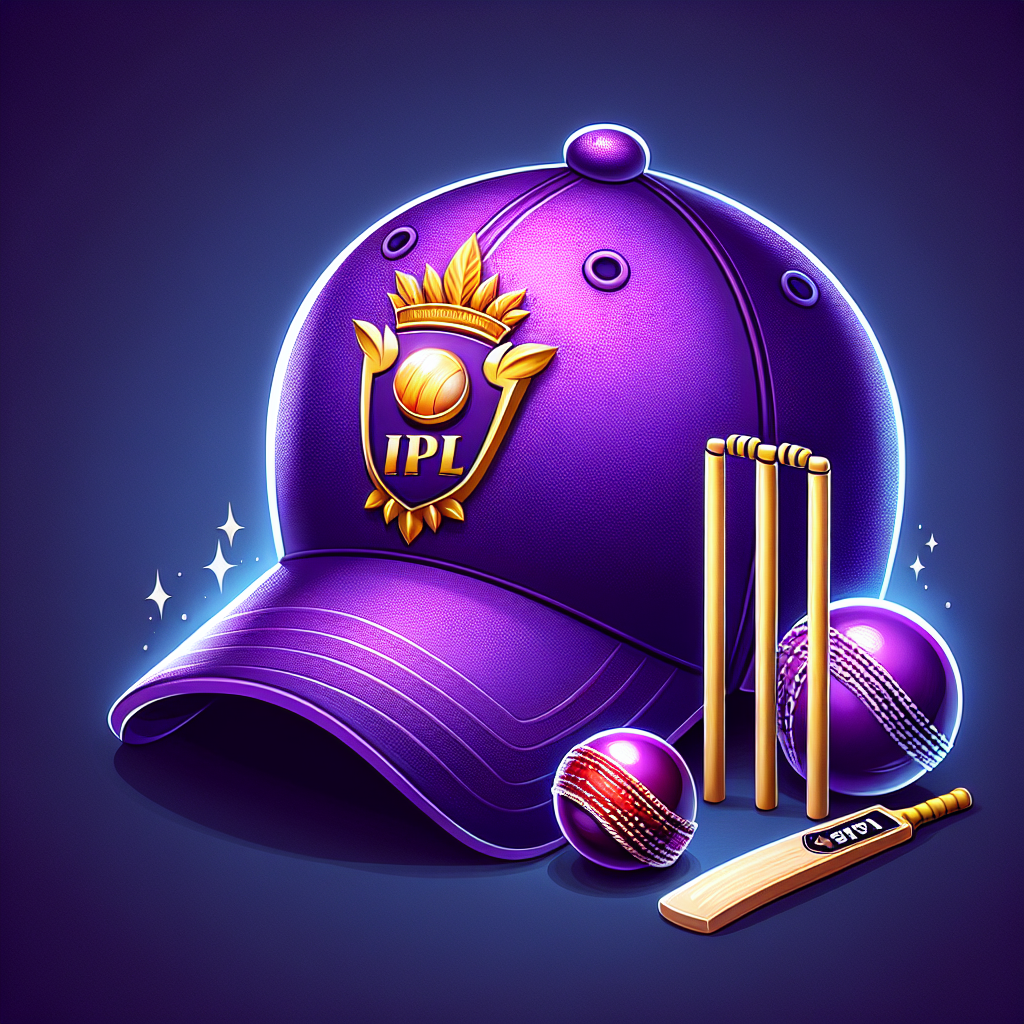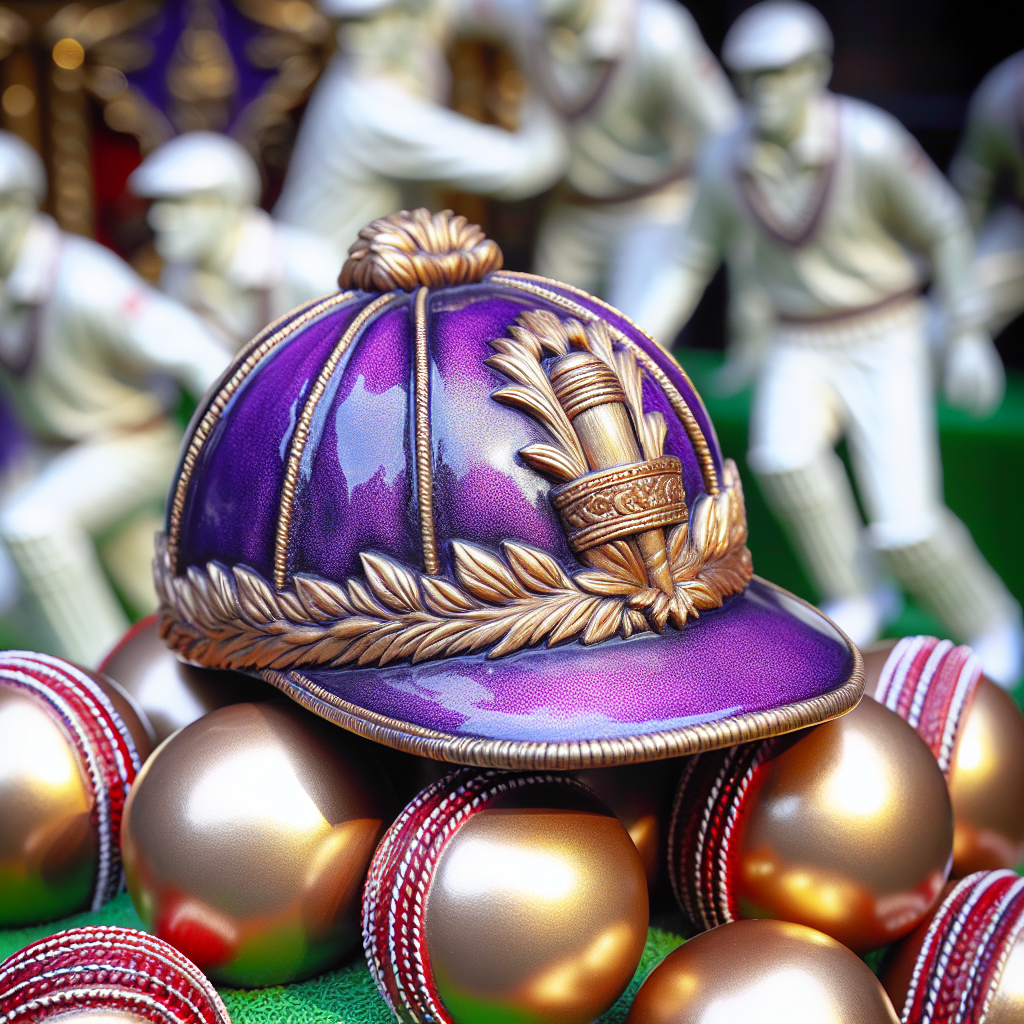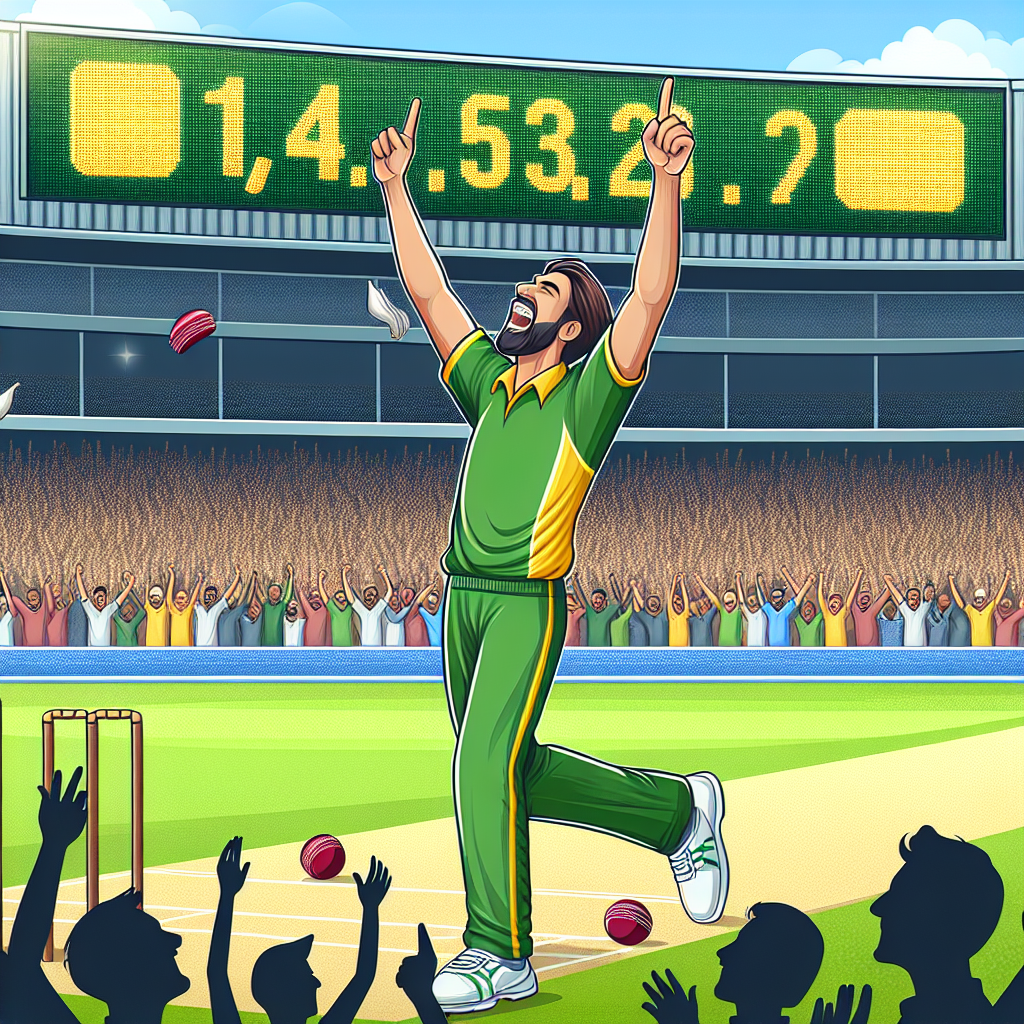Most Wickets in IPL: The Purple Cap Journey

The Indian Premier League (IPL) has been a cricketing spectacle since its inception in 2008, captivating audiences worldwide with its blend of entertainment and high-quality cricket. Among the many accolades in the IPL, the Purple Cap holds a special place, awarded to the bowler with the most wickets in a season. This article delves into the history of the Purple Cap, highlighting the bowlers who have donned it, their remarkable performances, and the impact they have had on the league.
Understanding the Purple Cap
The Purple Cap is a prestigious award in the IPL, given to the leading wicket-taker of the tournament. It symbolizes excellence in bowling and is a testament to a player’s ability to consistently outsmart batsmen. The cap changes hands throughout the season, as bowlers vie for the top spot on the wicket-takers’ list.
The Evolution of the Purple Cap
Since the IPL’s inception, the Purple Cap has evolved into a symbol of bowling prowess. Initially, it was a simple recognition of the leading wicket-taker, but over the years, it has become a coveted prize that bowlers strive to achieve. The competition for the Purple Cap has intensified, with bowlers from around the world participating in the IPL, each bringing their unique skills to the table.
Notable Purple Cap Winners
- Sohail Tanvir (2008): The inaugural season saw Pakistan’s Sohail Tanvir clinch the Purple Cap with 22 wickets, setting the benchmark for future seasons.
- Lasith Malinga (2011): Known for his lethal yorkers, Malinga took 28 wickets, showcasing his dominance in T20 cricket.
- Dwayne Bravo (2013, 2015): Bravo’s ability to bowl at the death and pick crucial wickets earned him the Purple Cap twice, with 32 wickets in 2013 being a standout performance.
- Bhuvneshwar Kumar (2016, 2017): Kumar’s swing and accuracy made him a formidable bowler, leading to back-to-back Purple Caps.
- Kagiso Rabada (2020): The South African speedster’s fiery pace and aggression saw him take 30 wickets, playing a crucial role for his team.
Case Studies: Exceptional Performances
Lasith Malinga: The Yorker King
Lasith Malinga’s performance in the 2011 IPL season is a case study in effective T20 bowling. His ability to deliver pinpoint yorkers at will made him a nightmare for batsmen. Malinga’s 28 wickets were instrumental in Mumbai Indians’ success that year. His unique bowling action and strategic use of slower balls added to his arsenal, making him one of the most feared bowlers in IPL history.
Dwayne Bravo: The Death Over Specialist
Dwayne Bravo’s success in the IPL is a testament to his versatility and cricketing intelligence. In 2013, Bravo’s 32 wickets were crucial in Chennai Super Kings’ campaign. His knack for picking wickets in the death overs, combined with his variations in pace, made him a valuable asset. Bravo’s ability to adapt to different conditions and situations set him apart as a bowler.
Statistics and Trends
Analyzing the statistics of Purple Cap winners reveals interesting trends in IPL bowling. Over the years, the average number of wickets required to win the Purple Cap has increased, reflecting the growing competitiveness of the league. The role of spinners has also evolved, with several spinners featuring prominently in the top wicket-takers’ list.
Key Statistics
- The average number of wickets taken by Purple Cap winners is approximately 25-30 per season.
- Pace bowlers have dominated the Purple Cap list, but spinners like Imran Tahir and Harshal Patel have also made significant contributions.
- The highest number of wickets taken in a single season is 32, achieved by Dwayne Bravo in 2013 and Harshal Patel in 2021.
The Impact of the Purple Cap on Teams
The Purple Cap not only highlights individual brilliance but also significantly impacts team performance. Bowlers who consistently take wickets provide their teams with crucial breakthroughs, often turning the tide of matches. Teams with Purple Cap winners have frequently found themselves in strong positions to qualify for playoffs and even win the tournament.
Case in Point: Sunrisers Hyderabad
Sunrisers Hyderabad’s success in the IPL has been closely linked to their strong bowling lineup. Bhuvneshwar Kumar’s back-to-back Purple Caps in 2016 and 2017 were pivotal in their campaigns. His ability to swing the ball both ways and pick early wickets set the tone for the team, often putting them on the front foot.
The Future of the Purple Cap
As the IPL continues to grow, the competition for the Purple Cap is expected to become even more intense. Young bowlers are emerging with innovative techniques and strategies, challenging established players. The introduction of new teams and players from different cricketing backgrounds will add to the diversity and excitement of the league.
Emerging Talents
- Rashid Khan: The Afghan spinner has already made a mark in the IPL with his exceptional control and ability to pick wickets at crucial junctures.
- Jofra Archer: Known for his express pace and ability to bowl in all phases of the game, Archer is a strong contender for future Purple Caps.
- Varun Chakravarthy: The mystery spinner has impressed with his variations and could be a key player in upcoming seasons.
Conclusion
The Purple Cap in the IPL is more than just an individual accolade; it is a reflection of a bowler’s skill, strategy, and impact on the game. Over the years, it has celebrated some of the finest bowling performances in T20 cricket, with players like Lasith Malinga, Dwayne Bravo, and Bhuvneshwar Kumar leaving an indelible mark on the league. As the IPL evolves, the Purple Cap will continue to inspire bowlers to push the boundaries of their craft, ensuring that the league remains a thrilling spectacle for fans around the world.
In summary, the Purple Cap is a testament to the art of bowling in T20 cricket, highlighting the importance of adaptability, skill, and strategic thinking. As new talents emerge and the competition intensifies, the journey of the Purple Cap will undoubtedly


